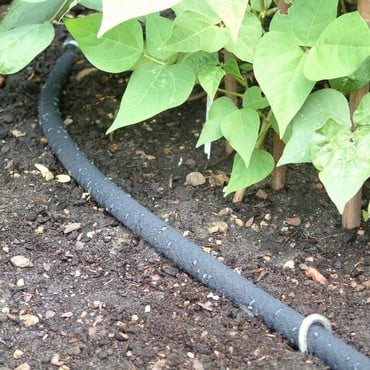Cabbage
EASE OF GROWING: (Scale 1-5): 3
HOW TIME CONSUMING:
Growing cabbages requires a little time and attention, but the final product is well worth the effort.
RECOMMENDED VARIETIES:
Spring Cabbages:
Duncan AGM
Wheelers Imperial
Summer Cabbage:
Kilaxy
Hispi AGM
Winter Cabbage:
January King 3
Protovoy AGM (Savoy)
HOME GROWN VS SUPERMARKET:
During the Spring, Summer and Autumn, cabbages taste best freshly harvested. The taste is so much better than those brought in the supermarket.
BEST SITES AND SOILS:
Some careful attention needs to be paid to the soil where cabbages are to grow. Cabbages will enjoy a sunny spot and firm, fertile soil. It is best to prepare the soil well in advance to allow it time to settle before planting. Dig in generous amounts of well rotted organic matter. If you have acidic soil, it is a good idea to add lime to the soil as acid soils are more susceptible to Club Root. If you are in doubt, carry out a PH test on your soil. Before planting, add a general purpose fertiliser such as fish, blood and bone to the soil and firm it by walking on it.
WHEN TO SOW:
Spring cabbages can be sown in July and August to be harvested in April and May.
Summer cabbages can be sown from February to May to be harvested from June to October.
Autumn cabbages can be sown from March to May to be harvested from September to November.
Winter cabbages can be sown in May and June to be harvested from November to March
Cabbage seed can be direct sown, or into modules. In the Harrod Kitchen Garden, we prefer to bring them on in modules in order to use the ground for other crops while the cabbage seedlings are maturing.
DISTANCE BETWEEN PLANTS:
This really depends on how much room you have. If you have plenty of space, give each plant 2ft of room in each direction to allow it to mature fully. If you are pushed for space, or want to squeeze more in, grow a more compact variety and give each plant 1ft to 18 inches of space. You can also grow smaller, baby varieties which can be grown closer together. These lend themselves brilliantly to raised bed gardening.
WHEN TO HARVEST:
When the plant has produced a firm heart in the centre, it is ready for harvest. It is best to harvest cabbages as and when you require them, however Winter vegetables can be picked and stored in a cool dry space until required.
FURTHER INFORMATION:
Be sure to water cabbages in dry spells, as inconsistent watering can cause the hearts to split. A good soaking once a week will suffice. Watering once the head has started to form will produce larger heads. Apply a general purpose fertiliser such as blood, fish and bone every six weeks through the growing season.
PROBLEMS TO LOOK OUT FOR:
Cabbage Root Fly: This fly lays eggs at the base of the plant which hatch out and eat the roots of the plant. Make sure you plant your young plants with cabbage collars to avoid this.
Caterpillars: A common problem with cabbages, a caterpillar attack can completely destroy your crop. Cover your crop with butterfly netting to prevent the butterflies from laying their eggs. Make sure the netting is well away from the plants as butterflies can lay their eggs through the netting onto foliage which touches the net. We have also had problems with Whitefly in the Harrod Kitchen Garden, which are small enough to pass through butterfly netting. We now cover our crop with fine insect mesh.
Pigeons: A regular pest in our Kitchen Garden, but the netting/ mesh put up to deter butterflies will also keep these at bay.
Club Root: This devastating disease can infect your soil for many years once you have it. Making sure you apply lime to acidic soils before planting can help to prevent this.

























